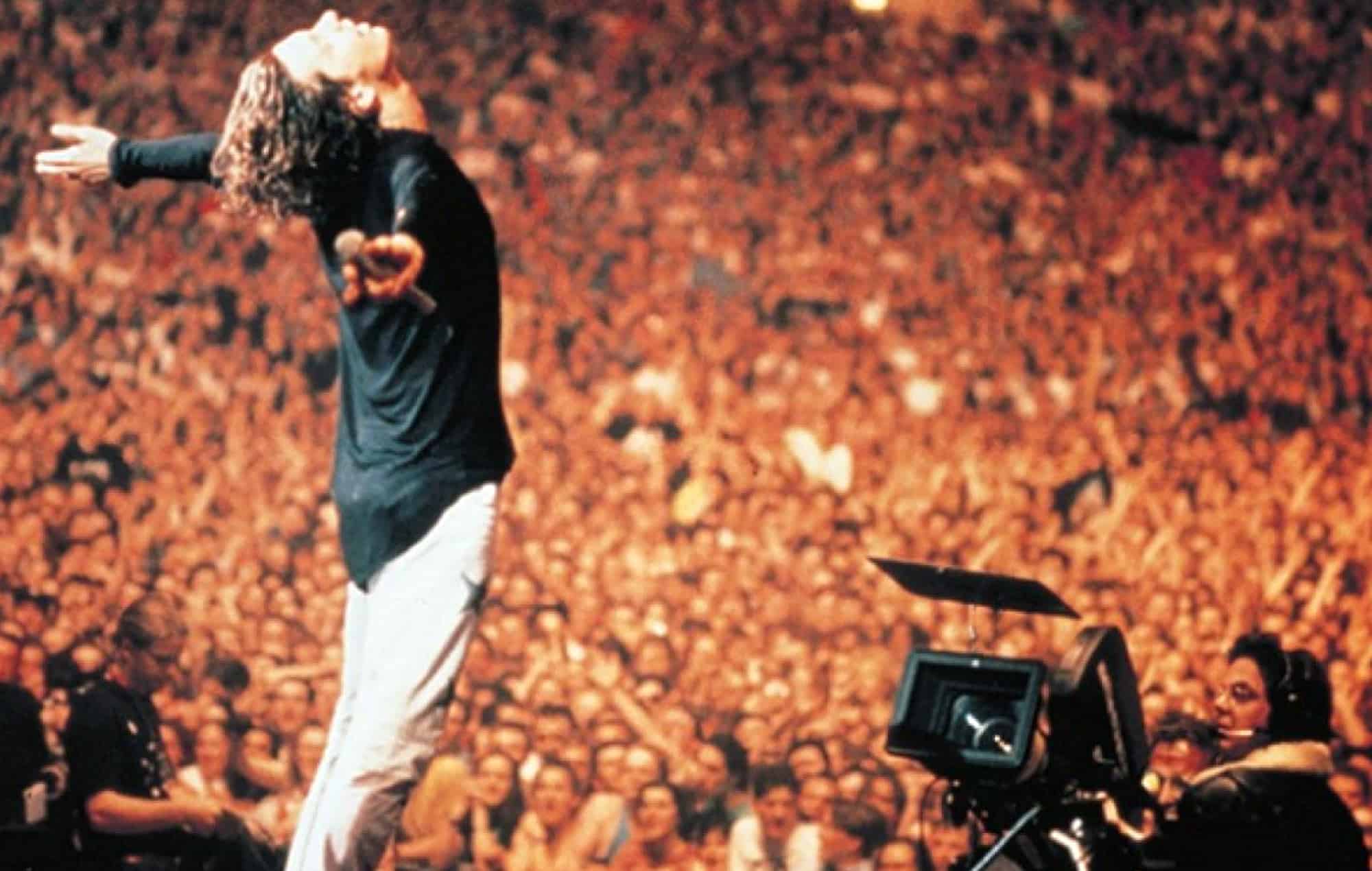
We All Miss Michael Hutchence
By Paul Langan, CoolMediaLLC.com
There are rock stars—and then there are forces of nature.
Michael Hutchence belonged to the latter. We merry many young at heart but old enough to remember his rise in the ’80s and ’90s. We recall a lead and a magnetic storm of sensuality and sound. His presence on stage was incandescent. Eyes smoldering, hips shifting with feral instinct, voice curling like smoke around the audience—he could hold a crowd in the palm of his hand and never let go.
Michael Hutchence’s charisma onstage is similar to Jim Morrison’s. Both men had that rare, elemental power to blur the line between poet and rock god. But Hutchence danced in light and shadow, whereas Morrison leaned into Dionysian darkness, navigating fame with a mix of swagger and soul. In every way, in every lyric half-whispered, he offered something raw and immediate: desire without apology, depth without pretense.
Michael Hutchence’s baritone voice was often called “sexy,” but that description understates the nuanced magnetism of his vocal delivery. Listen closely, and you’ll hear a master of tone and restraint. In INXS hits like “Never Tear Us Apart” or “The One Thing,” his voice doesn’t just carry the melody—it inhabits it. Smooth and rich, always emotionally attuned, he could shift from a low, aching murmur to an urgent plea in a single phrase. It was this instinctual grasp of sonic intimacy that set him apart.
Some music critics have argued that Hutchence had a broader expressive range than The Doors’ Jim Morrison. There’s merit in the comparison. Both artists dipped into the primal well of rock’s emotional undercurrents, but where Morrison was often cerebral, even surreal, Hutchence brought the energy back to the body. His performances were visceral and kinetic—he moved as the music pulled him from the inside out.
INXS, the band he helped turn into one of Australia’s greatest rock exports, thrived on that chemistry. Their fusion of new wave, funk, pop, and rock always centered in Hutchence. On tracks like “Need You Tonight,” “Suicide Blonde,” and “Mystify,” he walked a fine line between control and chaos, anchoring the band’s sharp grooves with vocal performances that simmered and soared.
But even as the spotlight followed him, Hutchence remained a study in contradiction: confident yet introspective, hedonistic yet hauntingly aware of the toll fame could take. That duality—of man and myth—makes his 1997 death all the more tragic. He was just 37. Gone far too soon, he left behind not only unfinished music but an ache in the hearts of those who felt something deeper in his songs.
In the decades since, his legend hasn’t dimmed—it’s sharpened. His style, voice, and emotional intelligence still resonate in an era hungry for authenticity. Hutchence gave everything in the moment, and the moment gave something back: a legacy that endures not just in record sales or music history lists but in the memory of how he made people feel.
We miss Michael Hutchence because artists like him don’t simply entertain—they transform. They step onto a stage and make you believe in electricity.
And that kind of magic never really dies.
We all miss Michael Hutchence. Those young at heart but old enough to remember the charisma of Michael with his Jim Morrison lead singer Adonis good looks, vocal chops, and feral dance moves know why we miss him so much. He died tragically and far too young. “Michael Hutchence’s baritone voice was often described as ‘sexy. ‘ He was a frontman of Australia’s biggest rock acts, and his swooning singing style is one for the books. Some say he had better range than The Doors’ Jim Morrison, and you can trace a tinge of Morrison in some of his songs.”
F2 – F5 (3 octaves)
I used to really enjoy listening and, indeed, recording the BBC Radio 1 In Concert series on a Saturday evening during the 1970s, 1980s, and 1990s. I also caught a few BBC Radio Friday Rock Show and Capital Radio sessions. I still have the cassette tapes and as the BBC has no immediate plan to make these available to the public, I have decided to release close to 250 of these historical recordings on my YouTube channel.
— DISCLAIMER! —- Copyright Disclaimer Under Section 107 of the Copyright Act 1976, allowance is made for “fair use” for purposes such as criticism, comment, news reporting, teaching, scholarship, and research. Fair use is a use permitted by copyright statute that might otherwise be infringing. Non-profit, educational, or personal use tips the balance in favor of fair use.
